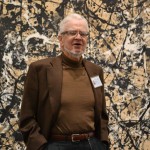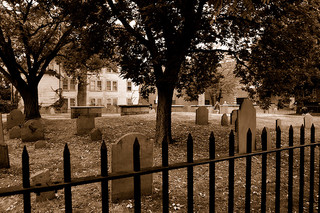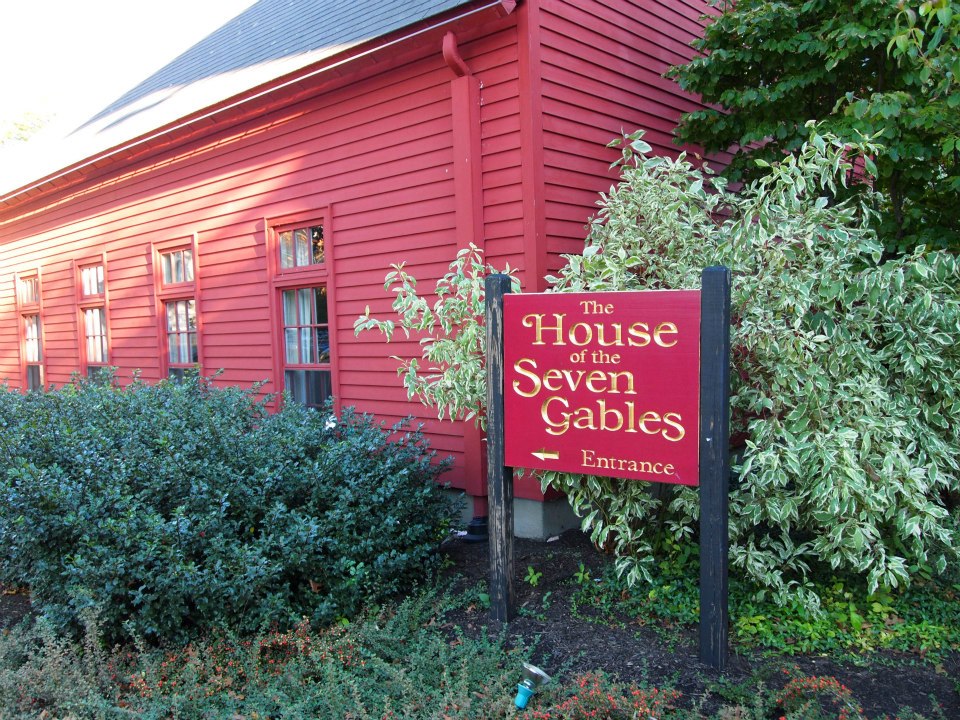
On a sunny and warm spring day, I traveled from my Westchester home on the express bus down to New York City. After a pleasant ride (only 38 minutes!), I arrived at The Metropolitan Museum of Art on 85th and 5th. The cherry blossoms in full bloom swayed with the breeze. The emerald green of Central Park lured me as I sat on a bench, watching the joggers go round and round. Finally, it was time to enter The Met.
I’m ashamed to admit it, but for the sake of LT honesty, I will. After living in Brooklyn for two years and Westchester County for almost four years, this was my first time at The Met. How shameful. I’d even visited the Guggeheim, MoMA and The Museum of Natural History.
However, I couldn’t have chosen a better day and a better tour guide. Peter Kubicek, subject of our latest interview, was my guide. He earned a coveted docent position seven years ago and has been giving tours ever since.
I was first taken by the massive Auguste Rodin sculpture, The Burghers of Calais. To me, it looked like a tribute to suffering and injustice. The gargantuan feet of the men embedded in the earth, the nooses around their necks, the hands of despair covering the face of one man. They all stood silently but bravely in black, robes flowing.
What struck me as we walked along was how Central Park was so well integrated with The Met. Yes, of course, The Met is in The Park, but I expected a dark museum–like the Hermitage in St. Petersburg, Russia. To my surprise, the windows gave way to the bright pink cherry blossoms, blue sky and cityscape. I had the museum and the natural world. I was having my cake and eating it too.
As the Monet and Picasso rooms were flanked by rowdy European kids on their spring vacations, we sidestepped the frenzy and opted for the serenity of the Asian world. The Chinese Scholar’s Court had these interesting rocks, which reminded me of a cross between a volcanic rock and the elephant man. The bizarre harshness of these structures mixed with the delicate, green plant life represented the balance–what Kubicek referred to as the “yin/yan” (or duality of opposites) the Chinese like to have in their gardens. If only we Americans could achieve such a thing.
But perhaps my favorite of the day was the Jackson Pollock. The painting entitled Autumn Rhythm (Number 30)–as seen in the photo above–was fitful. As Kubicek stated, “there is no place for the eye to rest.” This was true. Calamity was not in Pollock’s interest. The painting, to me, represented Pollock’s mind (perhaps alcohol-fueled mind), which seemed to never shut off. Not until his untimely death.
My day at The Met was fun and refreshing. It is a museum that lets the city in. It breathes the life the people, the excitement of art and the spirit of New York. Even though I am not a New Yorker, I almost felt like one in The Met.
Please continue reading Interview with Peter Kubicek, Author of Holocaust Memoir 1000: 1 ODDS.
To sign up for one of Peter’s tours, please see tour info. His next scheduled tour is May 15, 2011.


